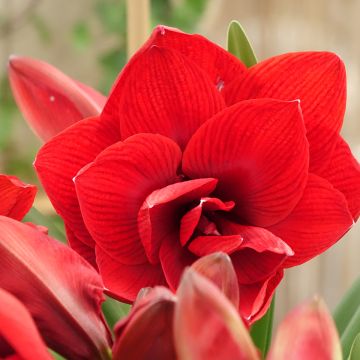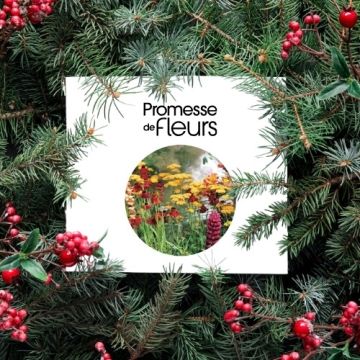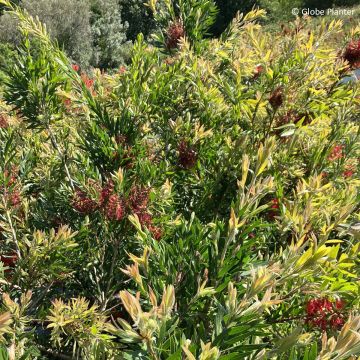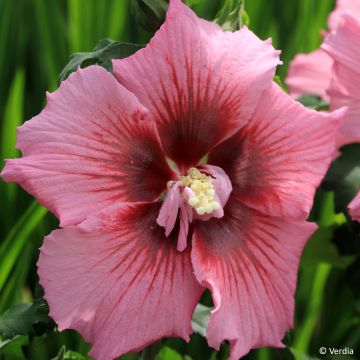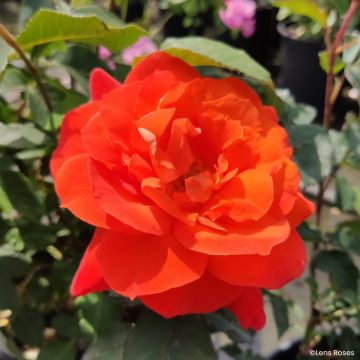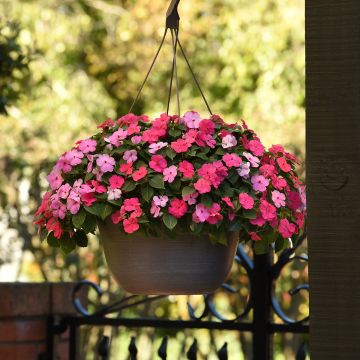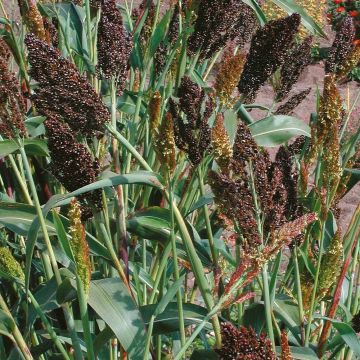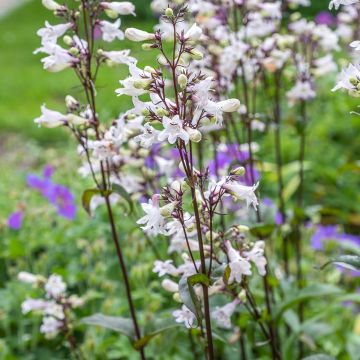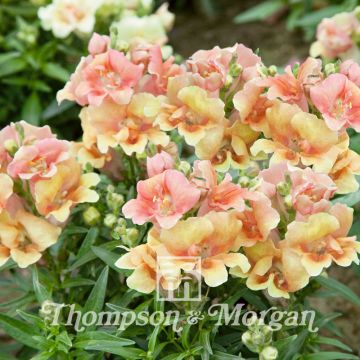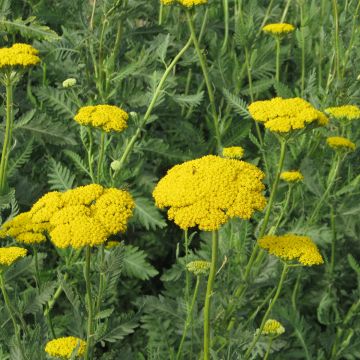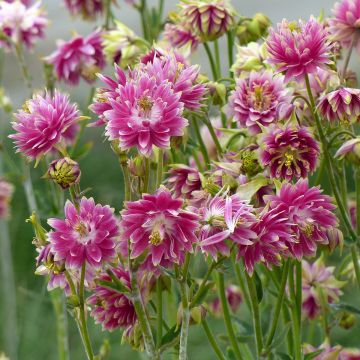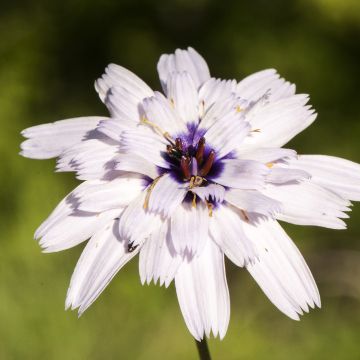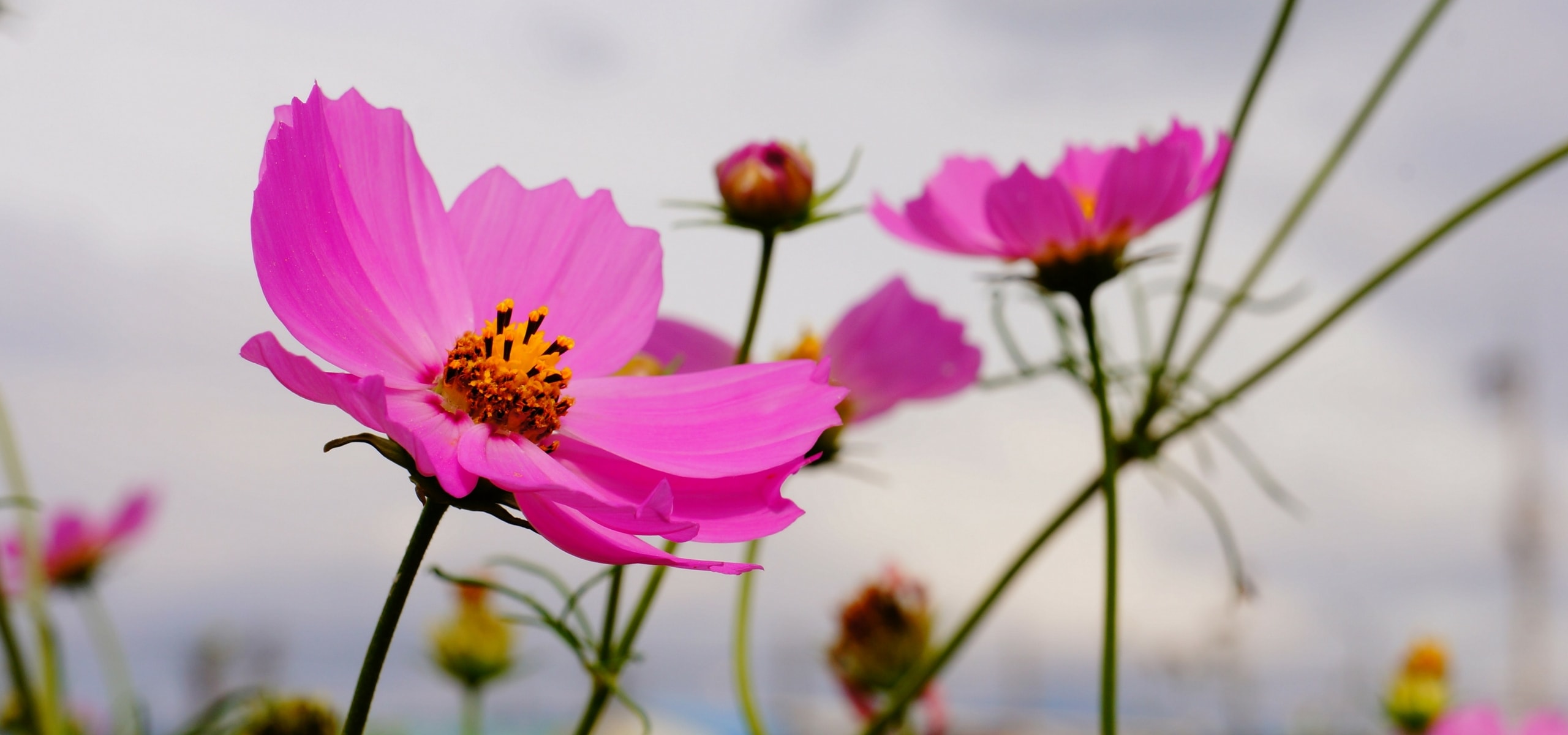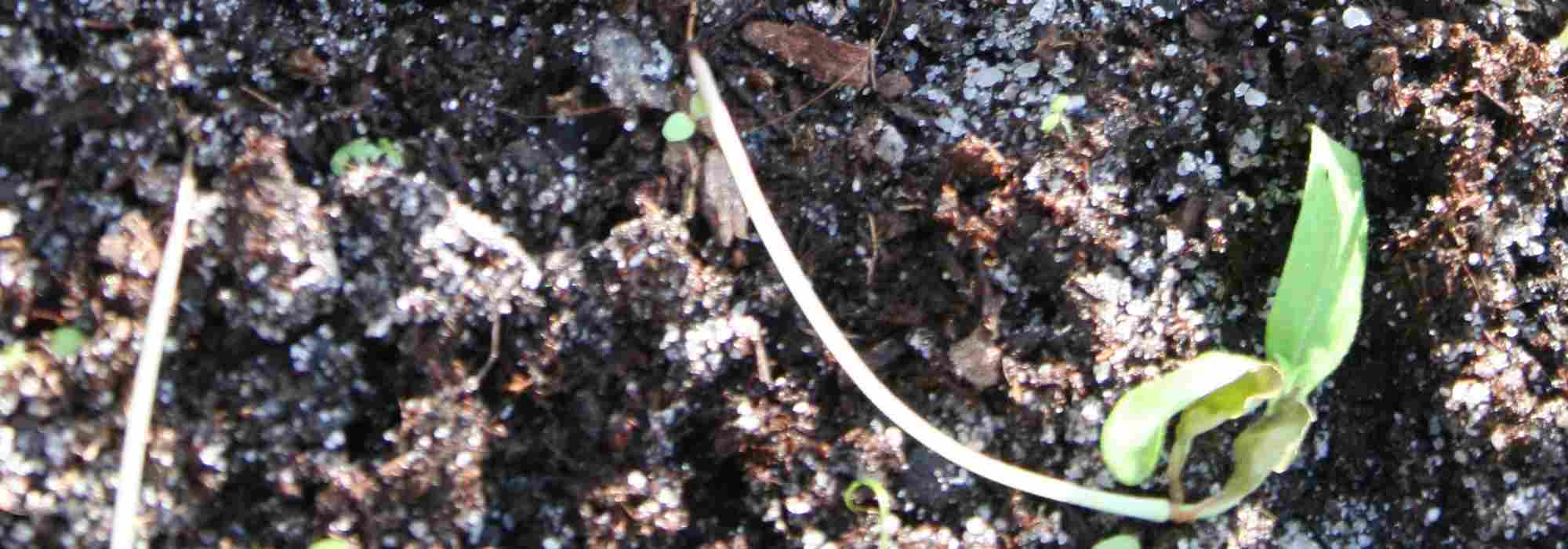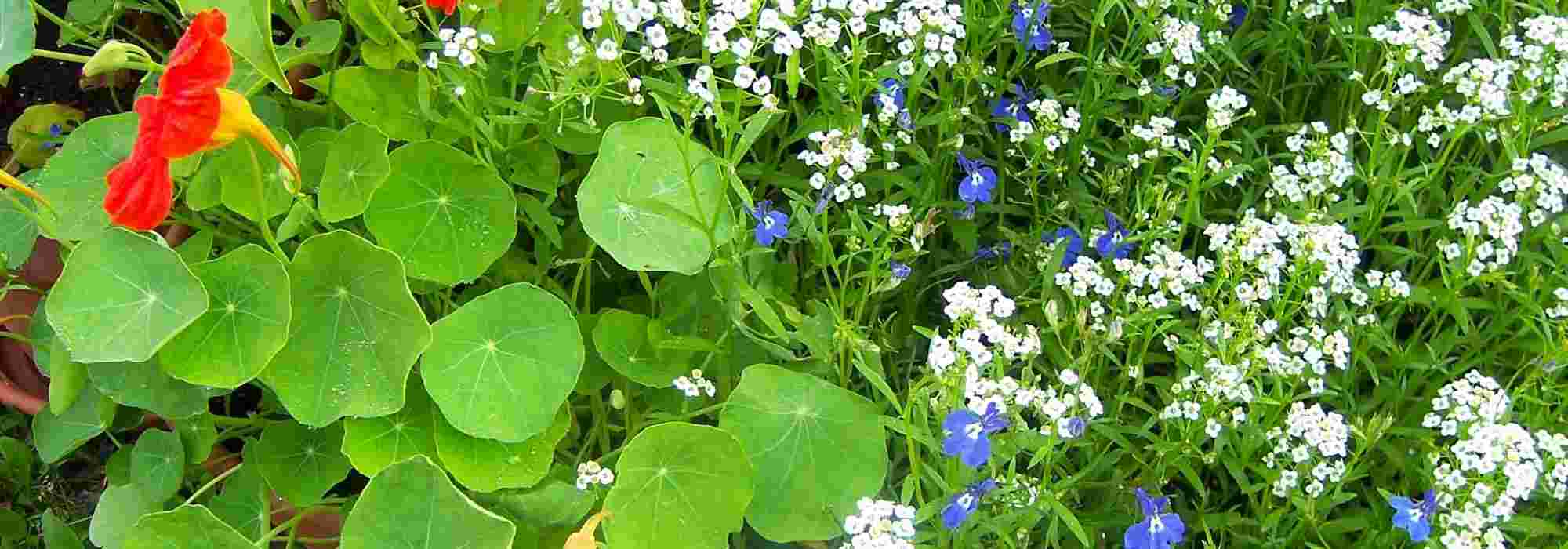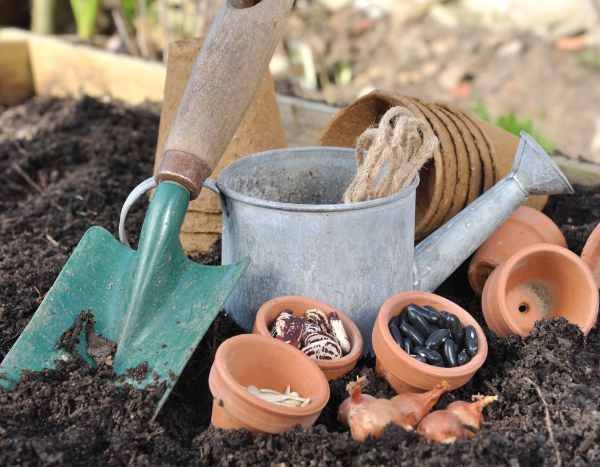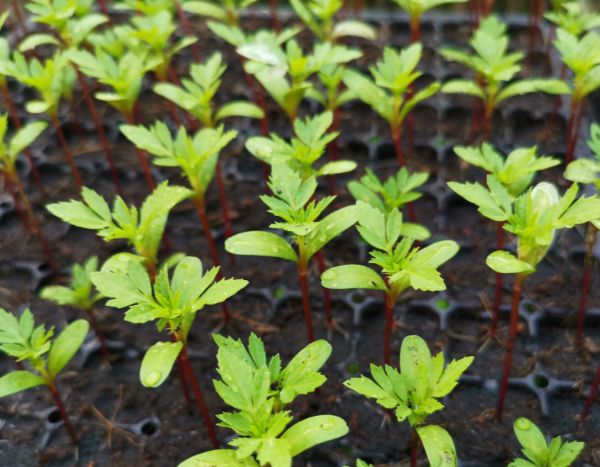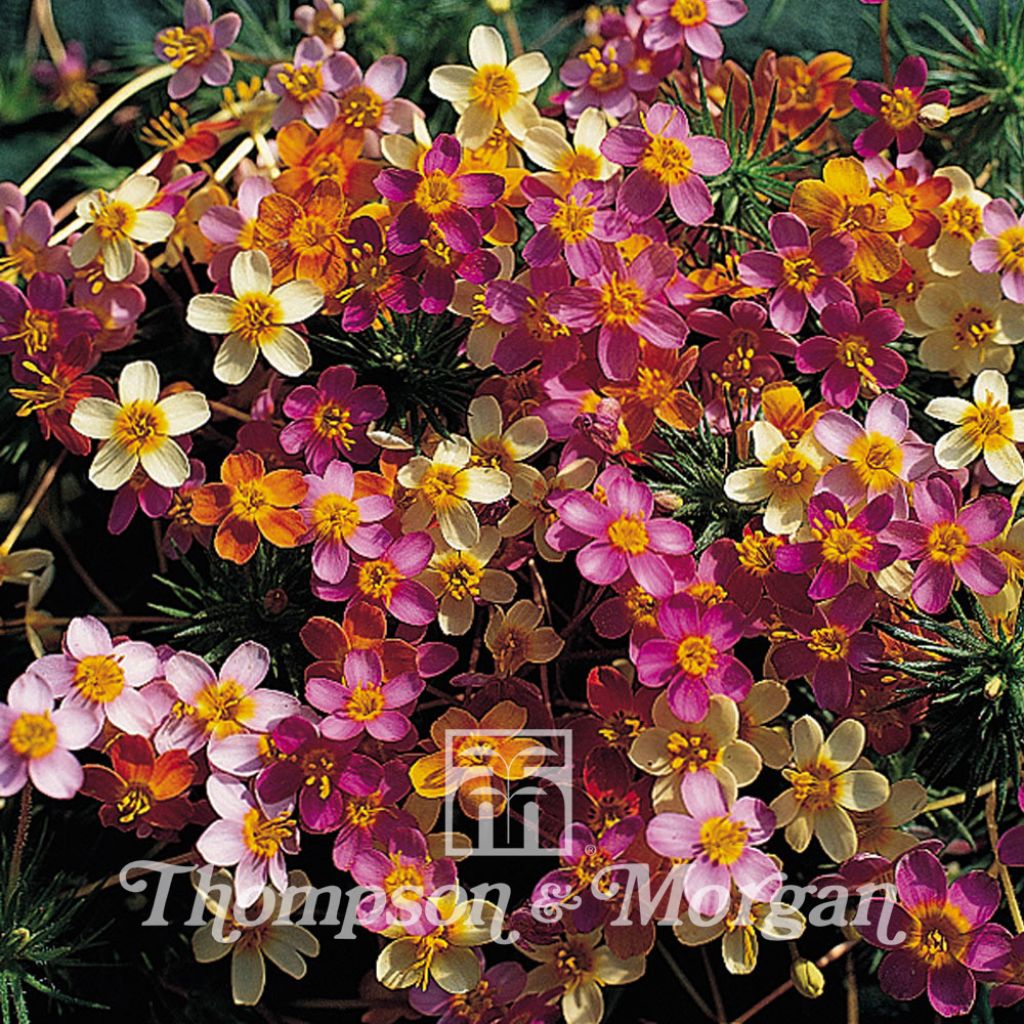

Linanthus Androsaceus French Hybrids
Linanthus androsaceus French Hybrids - False babystars seeds
Linanthus androsaceus French Hybrids
False babystars
Special offer!
Receive a €20 voucher for any order over €90 (excluding delivery costs, credit notes, and plastic-free options)!
1- Add your favorite plants to your cart.
2- Once you have reached €90, confirm your order (you can even choose the delivery date!).
3- As soon as your order is shipped, you will receive an email containing your voucher code, valid for 3 months (90 days).
Your voucher is unique and can only be used once, for any order with a minimum value of €20, excluding delivery costs.
Can be combined with other current offers, non-divisible and non-refundable.
Why not try an alternative variety in stock?
View all →This plant carries a 6 months recovery warranty
More information
We guarantee the quality of our plants for a full growing cycle, and will replace at our expense any plant that fails to recover under normal climatic and planting conditions.
Does this plant fit my garden?
Set up your Plantfit profile →
Description
Linanthus androsaceus French Hybrids is a multicoloured mixture of adorable little annual plants derived from Leptosiphon androsaceus, native to grassy areas of California. They form clouds of beautiful star-shaped flowers in vibrant colours, on a foliage of very light-looking needles. Very decorative in large masses, these linanthus are perfect plants for rockeries or sunny borders. They appreciate full sun and well-drained fertile soil and show resistance to drought.
Leptosiphon androsaceus is an annual herbaceous plant in the family Polemoniaceae found in wet or dry meadows of the San Francisco Bay, in areas where few plants compete with it, in chaparral (a type of scrub vegetation), on grassy slopes, cliffs, and clearings up to the coastal ranges of the Pacific, in northern California.
It is an annual herbaceous plant with hairy stems up to about 15 centimetres (6 inches) high, often with an upright growth habit. The leaves are arranged oppositely on the stem and each leaf is divided into lobes measuring up to 3 centimetres (1 inch) long, oval and needle-shaped like those of pines. These prickly, divided leaves are often forked and often clustered just below the flowers, which seem almost too big for the plant. Flowering occurs in late spring and early summer. The tip of the stem has a dense inflorescence composed of small, one to two centimetres in diameter, flowers, in a mix of pale pink, bright pink, orange, bright yellow or lavender, showing a yellow or white throat. These plants resemble their parent, Leptosiphon bicolor.
Linanthus androsaceus French Hybrids can be used in rockeries as ground cover or in borders with light and well-drained soil. It can be paired with California poppies, perennial flax, and love-in-a-mist to create countryside landscapes. It will also fit well in natural meadows and on slopes, along with Cerinthe major, Montpellier soapwort, catchflies, and many others. This mixture can also be sown in flowerpots or containers.
Report an error about the product description
Flowering
Foliage
Plant habit
Botanical data
Linanthus
androsaceus
French Hybrids
Polemoniaceae
False babystars
Cultivar or hybrid
Other Thompson and Morgan seeds
View all →Planting and care
Sowing:
Sow in place from April to June (or in September-October in regions with mild winters, for spring flowering).
Sow thinly, directly in place outside. This plant does not tolerate transplanting well.
The seeds of Linanthus androsaceus usually germinate in 17-21 days. Plant the seeds about 13mm (1in) deep in small holes prepared in a well-drained substrate composed of compost and sand.
Cultivation:
This plant is grown like purslanes, in full sun in a light but very well-drained, dry to moist soil. It can self-seed under favourable conditions.
Sowing period
Intended location
Planting & care advice
This item has not been reviewed yet - be the first to leave a review about it.
Haven't found what you were looking for?
Hardiness is the lowest winter temperature a plant can endure without suffering serious damage or even dying. However, hardiness is affected by location (a sheltered area, such as a patio), protection (winter cover) and soil type (hardiness is improved by well-drained soil).

Photo Sharing Terms & Conditions
In order to encourage gardeners to interact and share their experiences, Promesse de fleurs offers various media enabling content to be uploaded onto its Site - in particular via the ‘Photo sharing’ module.
The User agrees to refrain from:
- Posting any content that is illegal, prejudicial, insulting, racist, inciteful to hatred, revisionist, contrary to public decency, that infringes on privacy or on the privacy rights of third parties, in particular the publicity rights of persons and goods, intellectual property rights, or the right to privacy.
- Submitting content on behalf of a third party;
- Impersonate the identity of a third party and/or publish any personal information about a third party;
In general, the User undertakes to refrain from any unethical behaviour.
All Content (in particular text, comments, files, images, photos, videos, creative works, etc.), which may be subject to property or intellectual property rights, image or other private rights, shall remain the property of the User, subject to the limited rights granted by the terms of the licence granted by Promesse de fleurs as stated below. Users are at liberty to publish or not to publish such Content on the Site, notably via the ‘Photo Sharing’ facility, and accept that this Content shall be made public and freely accessible, notably on the Internet.
Users further acknowledge, undertake to have ,and guarantee that they hold all necessary rights and permissions to publish such material on the Site, in particular with regard to the legislation in force pertaining to any privacy, property, intellectual property, image, or contractual rights, or rights of any other nature. By publishing such Content on the Site, Users acknowledge accepting full liability as publishers of the Content within the meaning of the law, and grant Promesse de fleurs, free of charge, an inclusive, worldwide licence for the said Content for the entire duration of its publication, including all reproduction, representation, up/downloading, displaying, performing, transmission, and storage rights.
Users also grant permission for their name to be linked to the Content and accept that this link may not always be made available.
By engaging in posting material, Users consent to their Content becoming automatically accessible on the Internet, in particular on other sites and/or blogs and/or web pages of the Promesse de fleurs site, including in particular social pages and the Promesse de fleurs catalogue.
Users may secure the removal of entrusted content free of charge by issuing a simple request via our contact form.
The flowering period indicated on our website applies to countries and regions located in USDA zone 8 (France, the United Kingdom, Ireland, the Netherlands, etc.)
It will vary according to where you live:
- In zones 9 to 10 (Italy, Spain, Greece, etc.), flowering will occur about 2 to 4 weeks earlier.
- In zones 6 to 7 (Germany, Poland, Slovenia, and lower mountainous regions), flowering will be delayed by 2 to 3 weeks.
- In zone 5 (Central Europe, Scandinavia), blooming will be delayed by 3 to 5 weeks.
In temperate climates, pruning of spring-flowering shrubs (forsythia, spireas, etc.) should be done just after flowering.
Pruning of summer-flowering shrubs (Indian Lilac, Perovskia, etc.) can be done in winter or spring.
In cold regions as well as with frost-sensitive plants, avoid pruning too early when severe frosts may still occur.
The planting period indicated on our website applies to countries and regions located in USDA zone 8 (France, United Kingdom, Ireland, Netherlands).
It will vary according to where you live:
- In Mediterranean zones (Marseille, Madrid, Milan, etc.), autumn and winter are the best planting periods.
- In continental zones (Strasbourg, Munich, Vienna, etc.), delay planting by 2 to 3 weeks in spring and bring it forward by 2 to 4 weeks in autumn.
- In mountainous regions (the Alps, Pyrenees, Carpathians, etc.), it is best to plant in late spring (May-June) or late summer (August-September).
The harvesting period indicated on our website applies to countries and regions in USDA zone 8 (France, England, Ireland, the Netherlands).
In colder areas (Scandinavia, Poland, Austria...) fruit and vegetable harvests are likely to be delayed by 3-4 weeks.
In warmer areas (Italy, Spain, Greece, etc.), harvesting will probably take place earlier, depending on weather conditions.
The sowing periods indicated on our website apply to countries and regions within USDA Zone 8 (France, UK, Ireland, Netherlands).
In colder areas (Scandinavia, Poland, Austria...), delay any outdoor sowing by 3-4 weeks, or sow under glass.
In warmer climes (Italy, Spain, Greece, etc.), bring outdoor sowing forward by a few weeks.































